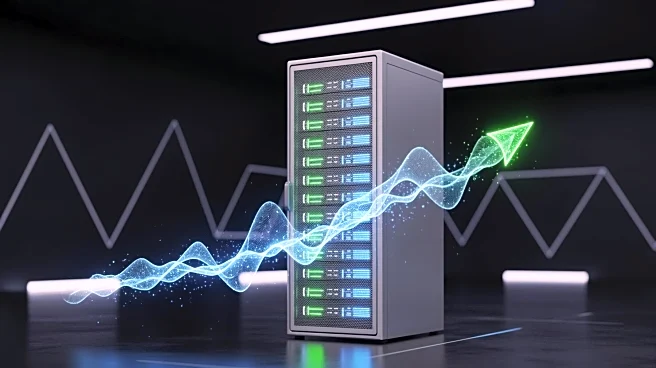What's Happening?
Utilities across the U.S. are forecasting a significant increase in electricity demand due to the anticipated construction of massive data centers, driven by the growing artificial intelligence economy.
However, concerns have arisen among lawmakers and regulators about the reliability of these forecasts, questioning whether they are based on speculative projects that may never materialize. This skepticism is fueled by fears that ratepayers could bear the financial burden of unnecessary power infrastructure. The scrutiny comes amid warnings of a potential AI investment bubble and the need for better demand forecasting practices.
Why It's Important?
The potential overestimation of energy demand for data centers could lead to costly investments in power plants and grid infrastructure, impacting electricity rates for consumers. Accurate forecasting is crucial to avoid unnecessary financial burdens on ratepayers and ensure efficient allocation of resources. The situation highlights the need for transparency and accountability in utility planning, as well as the importance of verifying the viability of large-scale projects. The outcome of this issue could influence energy policy and regulatory practices, affecting both the tech industry and consumers.
What's Next?
Efforts to improve demand forecasting are underway, with calls for more rigorous evaluation of data center projects and their commercial viability. The Federal Energy Regulatory Commission has requested information from grid operators to enhance decision-making processes. States like Texas are implementing measures to verify the legitimacy of power requests. As the situation evolves, stakeholders will be watching for regulatory changes and industry responses to ensure that energy infrastructure investments align with actual demand.












